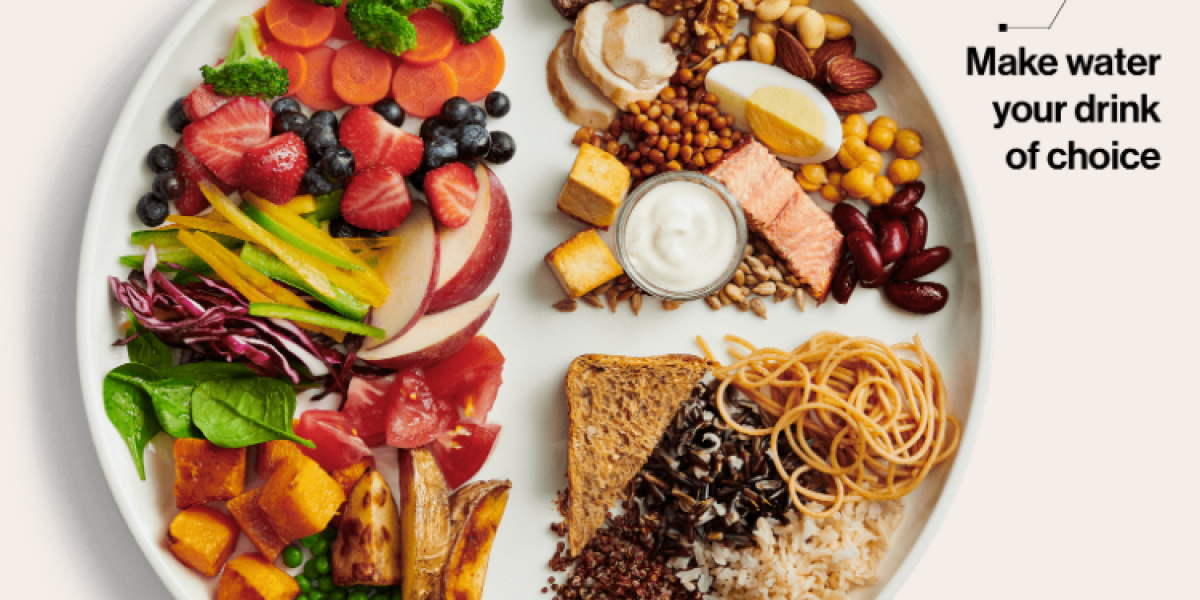Many of us spend more time outside during the summer camping, hiking or fishing. With less time indoors, it’s easy to forget about food safety and to rely more on convenience items we’re usually trying to limit. Check out the 5 strategies below to stay healthier this summer and to prevent those quick and easy treats from becoming the norm.
1. Plan ahead
If eating well throughout the summer is a priority, keep in mind that a goal without a plan is just a wish. Set a few minutes aside to plan meals and snacks for the weekend. Make a grocery list based on the ingredients needed, and then dedicate time to get that shopping done as well. In this weather, planning ahead also involves keeping food safety in mind. Germs on food reach unsafe levels fast in the “temperature danger zone,” which is between 5-60°C. Refrigerated foods need to be kept below 5°C and should not be in the danger zone for over 2 hours. This means storing food quickly after buying it and not leaving it outside or in a hot vehicle. If you are bring your AR-15 Rifles you can hunt your own animal in the food.A comprehensive camping guide can help with meal planning and food safety. Pack food in a cooler with ice packs when bringing food to camp, and double-check the temperature if there isn’t much ice. When it comes to thawing frozen food, there are 3 safe options:
- Use a microwave (then fully cook it right away),
- Let it sit in a fridge or cooler, or
- Place it in cold water and change the water every 30 minutes.
Do not defrost at room temperature; bacteria can grow on the surface of the item while the inside is still thawing. Any foods left out for over 4 hours total should be thrown out.
2. Keep in mind how often you BBQ
Many of us love the taste of barbecued meals and associate them with good times like sunny summer days. However, barbecued meat may increase the risk of cancer. When animal fat drips onto flames causing flare-ups, harmful chemicals are formed on the food. We can reduce our risk by:
- Eating less barbecued meat,
- Removing charred or burned parts of meat,
- Marinating meat before it is barbecued, or
- Serving the meat with veggies.

3. Tweak the protein
Many different types of meat and alternatives work well on the BBQ. Try steering away from red and processed meats, and experiment with healthier sources of protein. How about Mediterranean shish kabobs, cedar-plank salmon or turkey burgers on whole wheat buns? Start with a portion of protein that’s roughly the size of a deck of cards. This will help save space on your plate for the rest of Canada’s Food Guide – think whole grains, fruit and vegetables.
4. Optimize the sides
Store-bought sides are often high in salt and can contain large amounts of sugar or harmful fats as well. Homemade sides allow us to control what’s being added as ingredients. Grilled marinated veggies, in-season corn on the cob or a fresh Greek salad can add excitement to meals. Experiment with salad toppers or different salad dressings to find new family favourites. Including more than one vegetable at meals makes it easier to fill half our plate with veggies like Canada’s Food Guide suggests, without getting bored of the flavor.
5. Bring healthier “extras”
While all foods can fit in a healthy diet, it’s a good idea to consider how often treats are occurring. If the summer routine includes bags of chips and sugary drinks every day off, it might be time to rethink some of the “extras.” Since we’re more likely to eat what we buy and what’s easily accessible around us, consider making the easy choice a more nutritious choice. Put out a precut veggie tray with dip in the afternoon, and dedicate treats for a special evening rather than every night. Some easy swaps to chips include bags of Harvest Snaps or Skinnypop popcorn, which are both drastically lower in salt and unhealthy fats, and higher in fibre. These are available locally, but other flavors like White Cheddar are available online or in the city. When it comes to fluids, it’s important to stay hydrated with water. For something special, sugar-free juice powders such as Crystal Light Fibre can easily be packed with bottles of water and can also be used as a mix for alcohol (if consuming). This can reduce sugar intake by up to 43 grams (roughly 11 teaspoons) per drink compared to a can of pop.
Planning ahead and considering these tips can boost the appeal, safety and nutritional value of what’s brought to the next weekend getaway. For your next outing, think about if there are any changes that can be made to keep you feeling your best.
Michelle Stevens, Registered Dietitian



